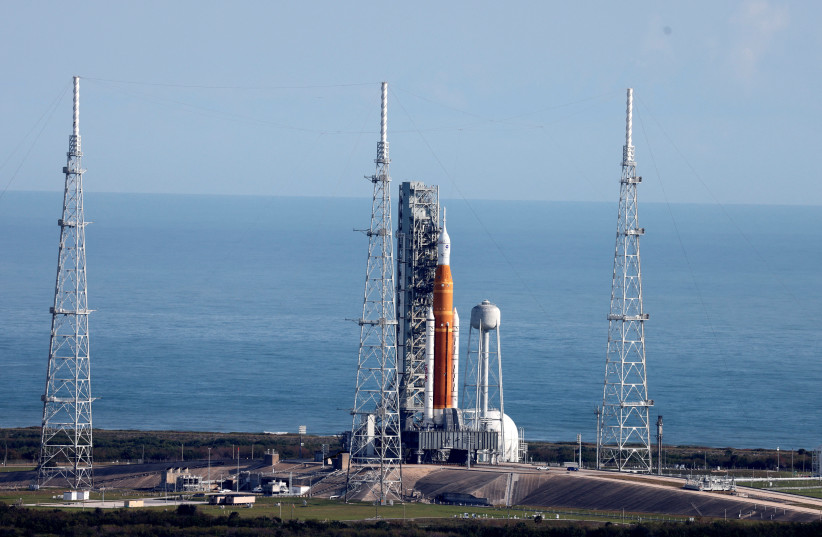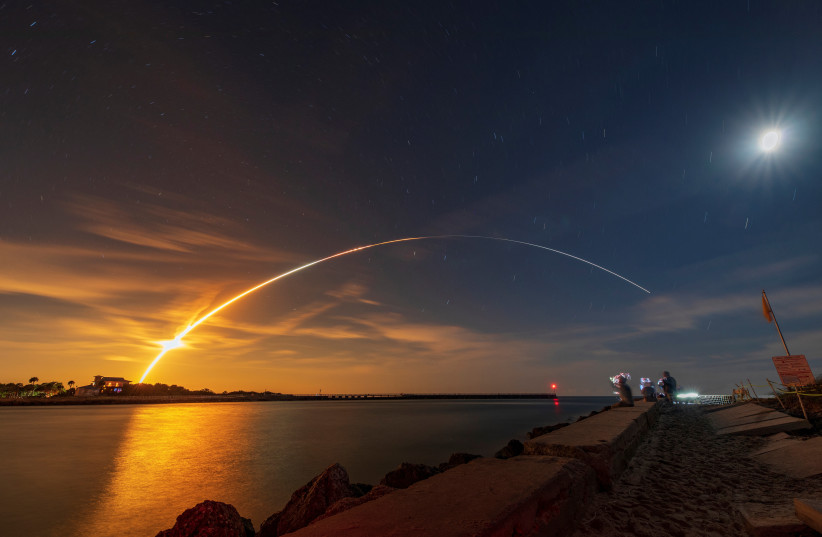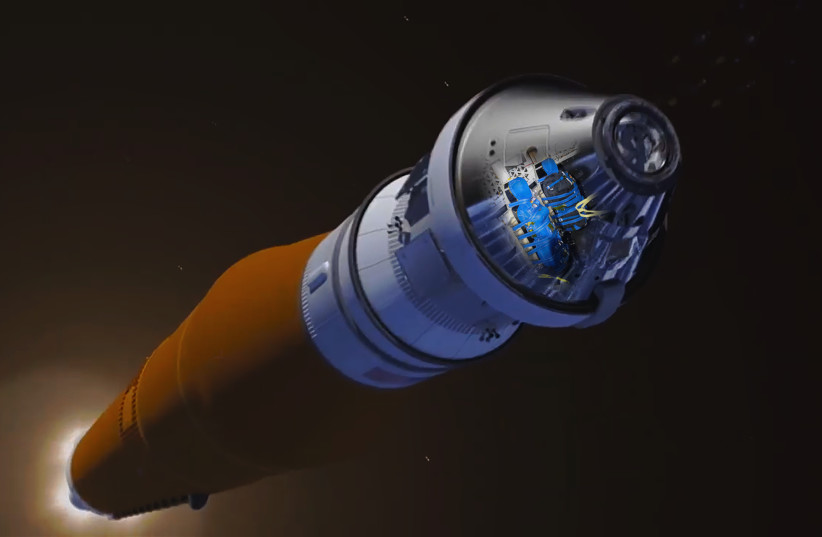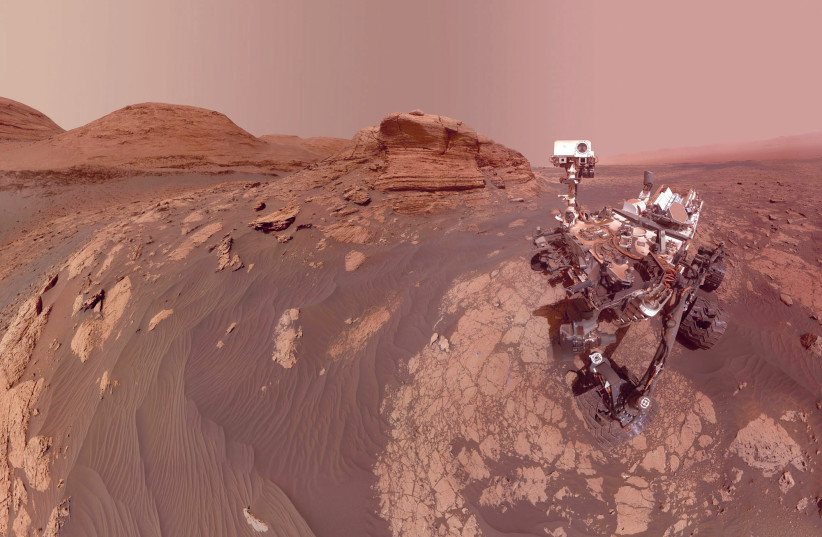NASA aims to make it possible for astronauts to live and work on the moon by 2030 with the help of its Artemis missions, a NASA official said on Sunday.
The first mission, Artemis I, began on Wednesday after NASA launched its Orion spacecraft from Cape Canaveral in Florida following a series of delays.
“Certainly, in this decade, we are going to have people living for durations, depending on how long we will be on the surface," said head of the Orion spacecraft program Howard Hu. "They will have habitats, they will have rovers on the ground. We are going to be sending people down to the surface, and they are going to be living on that surface and doing science."
What is planned for Artemis I?
Artemis I is the first part of the Artemis program, which aims to put astronauts back on the moon for the first time since Apollo 17 in 1972.


“We are going back to the moon. We’re working towards a sustainable program and this is the vehicle that will carry the people that will land us back on the moon again.”
The Orion spacecraft will chart a course around the moon and then back to earth, during which it will get within 60 miles of the moon, before heading back to earth and landing in the Pacific Ocean off the coast of San Diego on December 11th.
The spacecraft is crewed by three fully suited mannequins meant to test conditions on the flight, along with a number of cubesats, small satellites which will perform various science missions in deep space.
Artemis I will test the new spacecraft systems flying together for the first time, without crew. If concluded successfully, the mission will be followed by Artemis II and Artemis III.


The second mission will take astronauts on a flight test around the Moon.
The third flight will carry the first woman and first person of color to the Moon but isn't expected to launch until 2026.
First challenges
The mission used NASA's long-delayed Space Launch System (SLS) rocket for its launch, the most powerful operational launch vehicle ever, and at its conclusion will be the farthest-traveling space mission in history.
"The spacecraft is performing 'really well'.”
Michael Sarafin
On Friday, Orion is expected to enter "distant retrograde orbit ", traveling around the moon at a high altitude and opposite the direction the Moon travels around the earth.
The planned path will “stress test” the spacecraft, said Michael Sarafin, NASA’s Artemis mission manager, as it is meant to take humans on farther and longer missions than thus far attempted.


It will be able to transport and sustain the crew in space, withstand the return velocities during re-entry from deep space, and safely abort missions in the event of emergencies.
Sarafin told reporters Friday that overall the spacecraft is performing “really well”, even though the team had to work through some challenges.
For example, most of the cubesats are working well and checked in with mission control after the launch, but some have failed to do so and might have missed their last chance.
“We’re seeing things that don’t quite match our predictions. And the team is spending the time to go through that with a fine-tooth comb to make sure that there isn’t something else there that is potentially a latent issue.”
The first step to the exploration of deep space
Orion, SLS and a planned space station called the "Lunar Gateway" are the main components of NASA’s plans for building a sustainable infrastructure for human exploration in deep space.


“Moving forward is really to Mars”
Howard Hu
“Moving forward is really to Mars,” Hu stressed. “That is a bigger stepping stone, a two-year journey, so it’s going to be really important to learn beyond our Earth orbit.”
